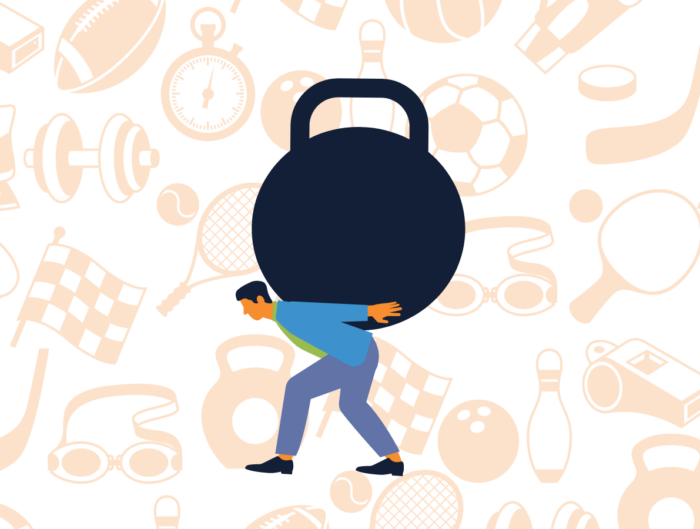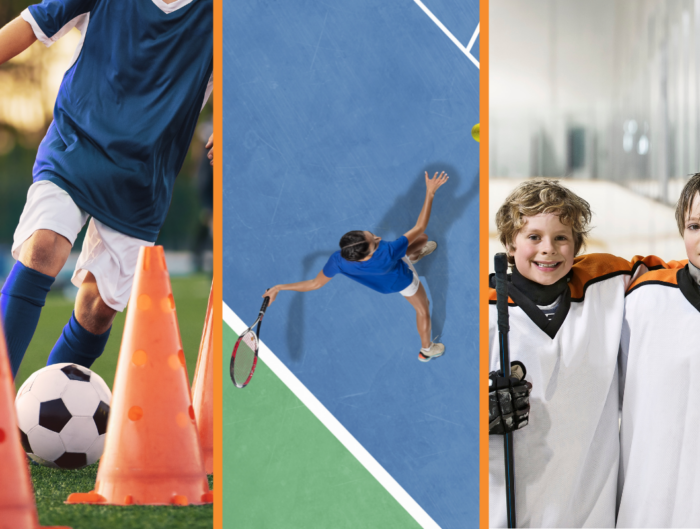Participation in youth sports can have numerous benefits for children, including physical fitness, positive socialization, and the development of important life skills like teamwork and perseverance. However, there has been a growing trend towards more structured and specialized youth sports programs that can limit these outcomes. While the goal of these programs is to help young athletes develop their skills and abilities to a high level and achieve success at the highest levels of competition, this laser focus on structure and specialization has come at a severe cost: a decline in the amount of free play and unstructured activity that young athletes engage in. There is a need for adding more play to youth sports training environments.
Play is a basic human need, and in the context of sports, it offers a wide range of benefits for young athletes. The benefits of play go far beyond just having fun; it can have a profound impact on a child’s physical, social, emotional, cognitive, and creative development.
Of course, we understand that coaches and parents face certain challenges when it comes to incorporating play into youth sports programs. For one, the pressure to win is really intense, which makes it easy to downgrade unstructured play when you could be refining your dribbling, shooting, passing, or whatever it is. But this is really just a misconception – a result of people not really understanding the true value of play.
When there is a balance of structured training and play, youth sports programs can provide a powerfully positive and fulfilling experience for young athletes.
While structured training and specialization have their place in youth sports, it’s important not to neglect the benefits of play. Kids need these supportive environments, where they can learn, explore, fail, and not only become stellar athletes but stellar humans as well. Understanding the importance of play can help us promote its benefits for the well-being and healthy development of young athletes in sports programs and training environments.
Creating more play in your training environment is not just about implementing one-off tactics, it requires a long-term cultural shift.
Coaches need to build an environment where players feel comfortable exploring and experimenting, and ultimately feel safe to fail. When kids feel safe to fail, they are less likely to be afraid of making mistakes or trying new things. They can take risks without fear of judgment or punishment, which can lead to greater creativity and exploration. When young players are able to derive pleasure from the process of playing and learning, without feeling pressured to achieve specific outcomes, they are more likely to find enjoyment in the sport, leading to longer-term participation and enhanced overall well-being.
With this in mind, we’ve put together six strategies that can help you create an environment that is more conducive to play for your young athletes.
6 Strategies for Creating More Play in Training Environments:

Incorporate unstructured playtime into practices.
Consider adding in unstructured play at the beginning or end of training. This could be a time for athletes to engage in activities like tag, relay races, handball, or pick-up games. This will allow them to explore and experiment without pressure, promoting creativity and enjoyment in the sport and with their peers.

Encourage creativity and experimentation.
Encourage players to experiment with different techniques and strategies, rather than focusing solely on strict adherence to prescribed plays or routines. This allows players to discover and develop their own skills and styles.

Allow for player-led activities and games.
Let players take the lead on organizing their own games and activities. This empowers them to be more active and engaged in the sport and fosters leadership skills.

Focus on process over outcome.
Emphasize the importance of growth and learning, rather than solely on winning or achieving a specific outcome. This reduces pressure and allows players to enjoy the process of learning and improving.

Celebrate effort.
Instead of only celebrating game results or individual achievements, take time to recognize players’ effort and progress in practices and games. This helps players see that improvement and growth are valued and encourages them to continue working hard. This can help build a sustainable source of confidence and motivation for individual players and the team as a whole.

Emphasize fun and enjoyment.
Ultimately, the goal of youth sports should be to provide a positive experience for players. Emphasize the importance of fun and enjoyment, and create an environment where players feel supported, valued, respected, and motivated to participate.
The power of play-based learning environments.
Research has shown that play-based learning is an effective way to promote children’s cognitive, social, emotional, and physical development. By engaging children in enjoyable activities that are relevant to their interests, play-based learning helps to create a positive and motivating learning environment.
The benefits of play-based learning environments extend beyond traditional academic settings and can also be applied to youth sports training environments. Incorporating play and fun into sports training can help to create a positive and enjoyable learning environment that motivates and engages young athletes.
By focusing on the process of learning and improvement, rather than just the outcome of winning, coaches can encourage athletes to take risks, learn from mistakes, and develop their skills in a supportive and non-judgmental atmosphere.
Additionally, by adding more play into your training environments, you can promote teamwork, communication, and sportsmanship among young athletes, helping them to develop social and emotional skills that will benefit them both on and off the field. By recognizing the value of play-based learning in sports training environments, coaches and parents can help to create a more effective and enjoyable learning experience for young athletes.
Learn more about the Science of Play at the National Institute for Play.

 FRA
FRA































